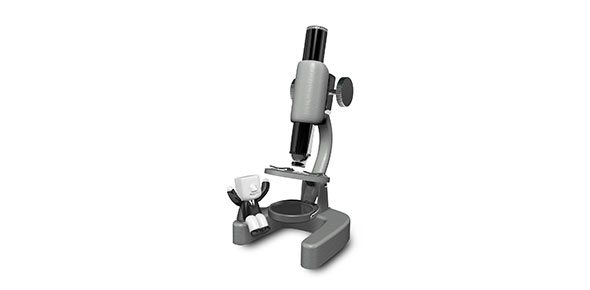Related Flashcards
Cards In This Set
| Front | Back |
|
Upper Respiratory Tract
|
Include the nose or nostrils, nasal cavity, mouth, throat (pharynx), and voice box (larynx).
|
|
Lower Respiratory Tract
|
Includes the trachea, bronchial tree segments, and the lungs.
|
|
Accessory Respiratory System
|
Includes oral cavity, rib cage, diaphragm and respiratory muscles.
|
 Ala (wing of the nose) |
Is the lateral surface of the external nose, cartilagenous in makeup, and flares out to form a rounded eminence around the nostril.
|
|
Nasal Cavity
|
(or nasal fossa) is a large air filled space above and behind the nose in the middle of the face. Each cavity is the continuation of one of the two nostrils.
|
 Cleft Palate (or orofacial cleft) |
is when a baby is born with an opening in the lip and/or roof of the mouth (palate).
|
|
Cribriform Plate
|
Of the ethmoid bone (horizontal lamina or lamina cribrosa) is received into the ethmoidal notch of the frontal bone and roofs in the nasal cavities.
|
 Nasal Septum |
Separates the left and right airways in the nose, dividing the two nostrils. It is depressed by the depressor septi nasi muscle.
|
 Deviated Septum |
Occurs when the thin wall (nasal septum) between your nasal passages is displaced to one side.
|
 Septoplasty |
Is a surgical procedure to correct a deviated septum — a displacement of the bone and cartilage that divides your two nostrils.
|
|
Epistaxis
|
Also known as a nosebleed, is the common occurrence of bleeding from the nose. It is usually noticed when the blood drains out through the nostrils.
|
 Nasal Meatus |
Is a nasal passage of the nasal cavity, of which there are three; the superior meatus, middle meatus and inferior meatus.
|
 Nasal Concha or Conchae |
Also called a turbinate or turbinal, is a long, narrow, curled shelf of bone that protrudes into the breathing passage of the nose in humans and various animals.
|
 Anterior Nares (singular naris) |
Are the external (or "proper") portion of the nostrils (nose). The anterior nares opens into the nasal cavity and allow the inhalation and exhalation of air.
|
|
Nasal Vestibule
|
Is the most anterior part of the nasal cavity. It is enclosed by the cartilages of nose and lined by the same epithelium of the skin (stratified squamous, keratinized).
|






